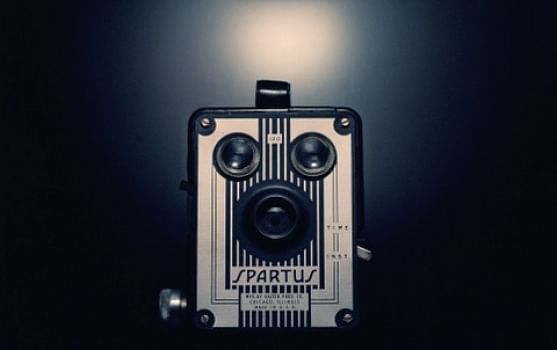Business 101: interpretation services explained

Whether you need to deliver a huge event or facilitate a one-to-one meeting, if you’re working with people who don’t speak your language natively, it’s likely that professional interpretation services could be of use to you. As such, we’ve broken down the different types of interpretation and the uses to which each of them are suited, so you can identify which service will work best for your business.
What are the different kinds of interpretation?
Interpretation is the process of converting one spoken language to another (while translation focuses mainly on changing one written language to another). It is a skilled undertaking that requires the interpreter to be fluent in both languages. As interpreters have to translate what they are hearing in an instant and then deliver the equivalent phrasing in another language, the work can be very demanding – even more so if the topic under discussion is one that involves a great deal of technical language, legal phrases, medical terminology, etc.
Here at Tomedes, we specialise in three kinds of interpretation: simultaneous interpretation, conference interpretation and consecutive interpretation.
What is simultaneous interpretation?
Picture a meeting of the UN, where representatives from around the world are taking turns to speak about weighty matters in front of a wide range of individuals from other countries. The headsets that those present are wearing allow them to listen to the speaker in their own language – thanks to simultaneous interpretation. This is where interpreters sit in booths, delivering a live interpretation of what is being said, with those who don’t speak the language in question receiving the translation feed via their headsets.
What is conference interpretation?
Conference interpretation is a form of simultaneous interpretation that allows event organisers to recruit their presenters from across the globe, without language being a barrier. The conference organiser issues each delegate with a headset that allows them to listen to the speeches and presentations in their native tongue. Again, interpreters are seated in booths designed specifically for this purpose.
What is consecutive interpretation?
Consecutive interpretation is the kind of interpretation that you need if you’re planning to converse with one or more people who don’t speak your language. Whether it’s a one-on-one conversation or a small meeting, an interpreter can bridge the language gap and enable the participants to converse with relative ease.
How to find the right interpreter
If you’re in need of an interpreter, there are several things that you should look out for. Outstanding language skills tops the list, naturally, but it’s also essential to seek out an interpreter who has specific knowledge of your subject matter. If you’re a pharmaceutical company, for example, you need an interpreter who’s not going to trip up each time a medical term comes up.
It’s also important to find an interpreter who is personable, particularly for a consecutive interpretation scenario. An individual who can instinctively understand subtle body language and help a conversation to flow comfortable is invaluable in such situations.
Read reviews of potential interpretation services as part of your research. Look out for comments about interpreters being punctual and flexible, as well as on their skills and experience. After all, an interpreter who arrives late could mean an embarrassing and silent start to an important meeting. Likewise, one who needs to leave bang on 5 pm, when the meeting has actually overrun and needs to continue, might not be ideal.
Business interpretation needs around the globe
From international aid organisations to multinational conglomerates, there are plenty of businesses out there who need interpreters in order to conduct their operations smoothly. If your company is new to the world of business interpretation, hopefully this article has helped to clarify what kind of interpretation you need and why. If you would like further details, feel free to contact the Tomedes team and we will answer any questions you may have.
CATEGORIES
STAY INFORMED
Subscribe to receive all the latest updates from Tomedes.
© Copyright 2007-2022 TOMEDES. All Rights Reserved.


Post your Comment